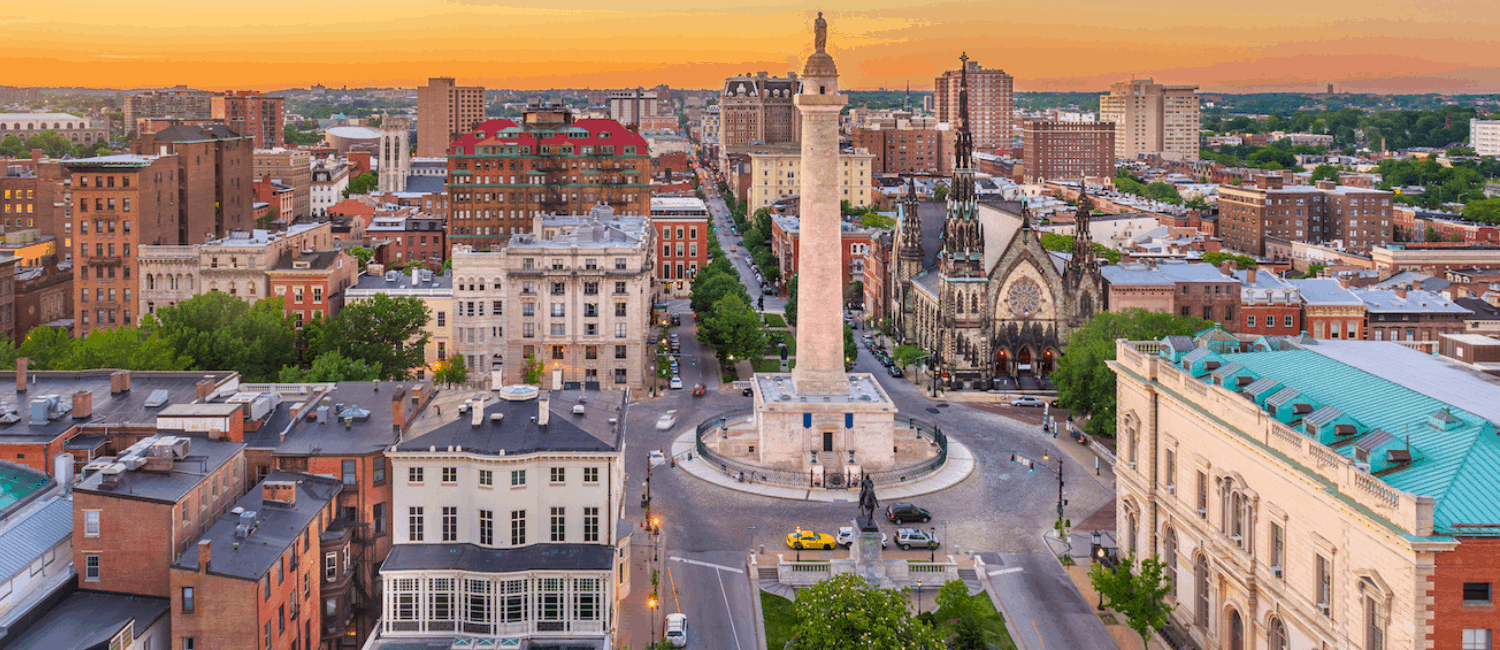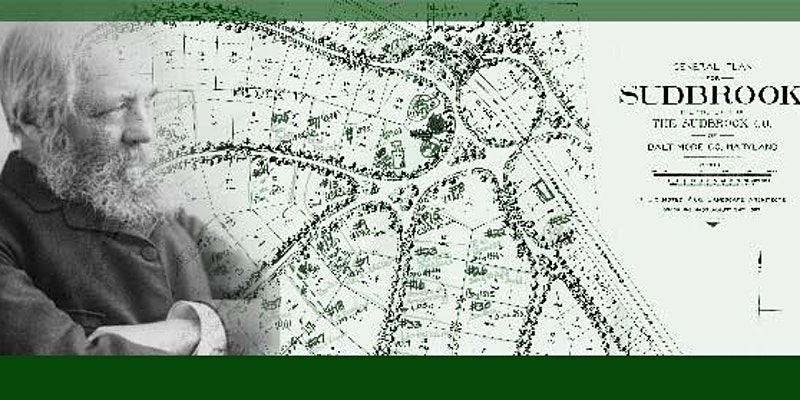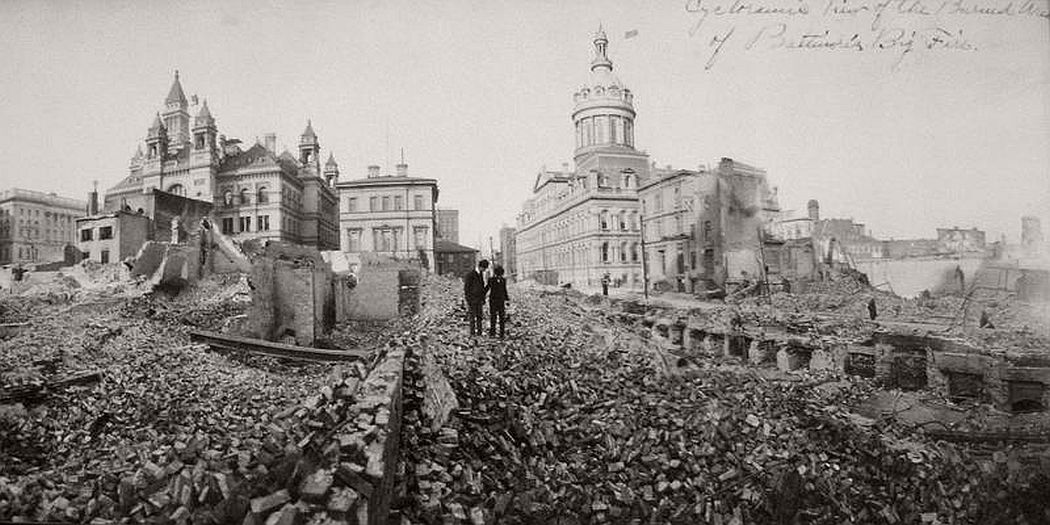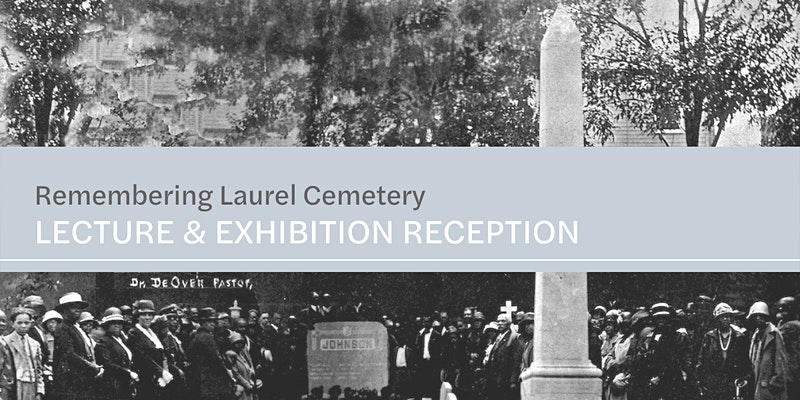Mount Vernon Place: A Monumental City Tour
Washington Monument (South Entrance) 699 N. Charles Street, Baltimore, MD, United StatesMount Vernon began as a country estate for Revolutionary War hero John Eager Howard and grew to be the place to live for Baltimore's rich and famous in the mid-nineteenth century. The Garrett family, owners of the B&O Railroad, the Walters, founders of the Walters Art Museum, and the Thomases, owners of Mercantile Bank, are among the families that built handsome mansions along the four parks that surround the Washington Monument. Join us on a tour to hear the stories behind the landmarks of Baltimore’s grandest historic neighborhood.




